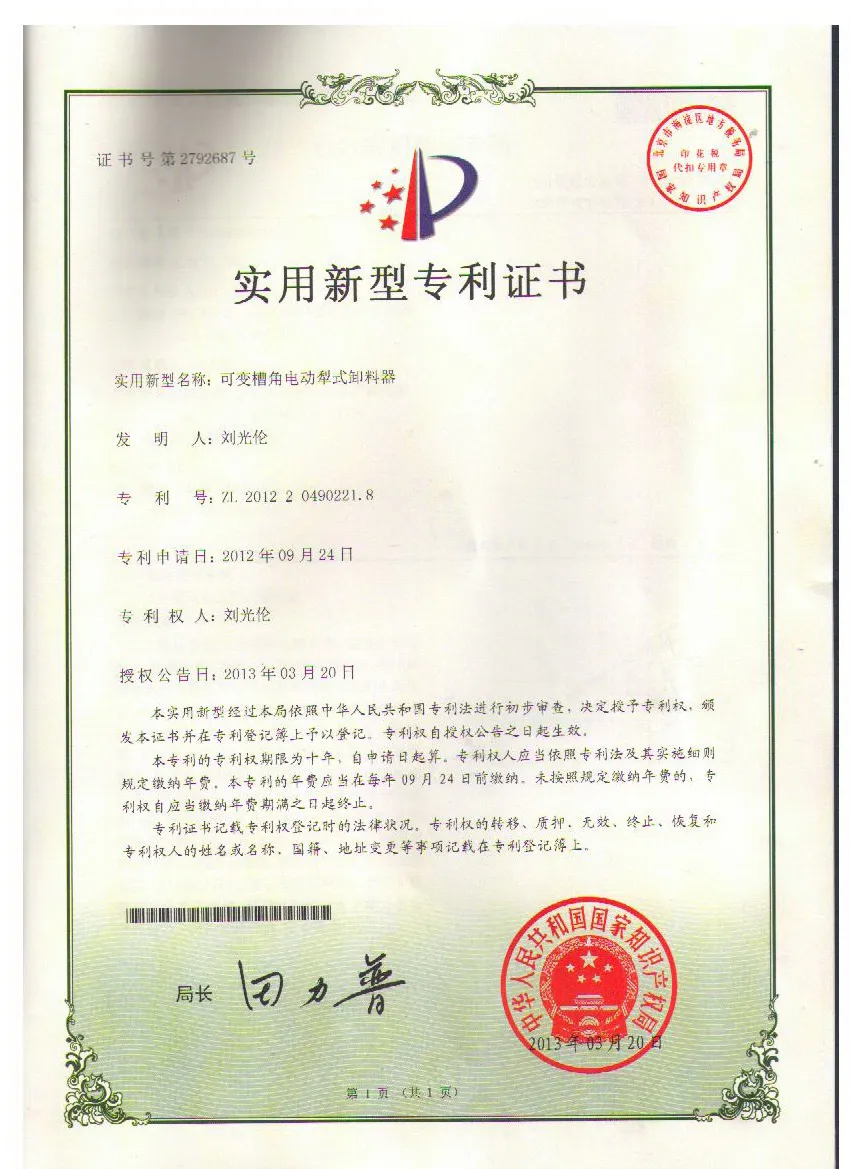 Afrikaans
Afrikaans  Albanian
Albanian  Amharic
Amharic  Arabic
Arabic  Armenian
Armenian  Azerbaijani
Azerbaijani  Basque
Basque  Belarusian
Belarusian  Bengali
Bengali  Bosnian
Bosnian  Bulgarian
Bulgarian  Catalan
Catalan  Cebuano
Cebuano  Corsican
Corsican  Croatian
Croatian  Czech
Czech  Danish
Danish  Dutch
Dutch  English
English  Esperanto
Esperanto  Estonian
Estonian  Finnish
Finnish  French
French  Frisian
Frisian  Galician
Galician  Georgian
Georgian  German
German  Greek
Greek  Gujarati
Gujarati  Haitian Creole
Haitian Creole  hausa
hausa  hawaiian
hawaiian  Hebrew
Hebrew  Hindi
Hindi  Miao
Miao  Hungarian
Hungarian  Icelandic
Icelandic  igbo
igbo  Indonesian
Indonesian  irish
irish  Italian
Italian  Japanese
Japanese  Javanese
Javanese  Kannada
Kannada  kazakh
kazakh  Khmer
Khmer  Rwandese
Rwandese  Korean
Korean  Kurdish
Kurdish  Kyrgyz
Kyrgyz  Lao
Lao  Latin
Latin  Latvian
Latvian  Lithuanian
Lithuanian  Luxembourgish
Luxembourgish  Macedonian
Macedonian  Malgashi
Malgashi  Malay
Malay  Malayalam
Malayalam  Maltese
Maltese  Maori
Maori  Marathi
Marathi  Mongolian
Mongolian  Myanmar
Myanmar  Nepali
Nepali  Norwegian
Norwegian  Norwegian
Norwegian  Occitan
Occitan  Pashto
Pashto  Persian
Persian  Polish
Polish  Portuguese
Portuguese  Punjabi
Punjabi  Romanian
Romanian  Russian
Russian  Samoan
Samoan  Scottish Gaelic
Scottish Gaelic  Serbian
Serbian  Sesotho
Sesotho  Shona
Shona  Sindhi
Sindhi  Sinhala
Sinhala  Slovak
Slovak  Slovenian
Slovenian  Somali
Somali  Spanish
Spanish  Sundanese
Sundanese  Swahili
Swahili  Swedish
Swedish  Tagalog
Tagalog  Tajik
Tajik  Tamil
Tamil  Tatar
Tatar  Telugu
Telugu  Thai
Thai  Turkish
Turkish  Turkmen
Turkmen  Ukrainian
Ukrainian  Urdu
Urdu  Uighur
Uighur  Uzbek
Uzbek  Vietnamese
Vietnamese  Welsh
Welsh  Bantu
Bantu  Yiddish
Yiddish  Yoruba
Yoruba  Zulu
Zulu belt conveyor parts and functions
Understanding Belt Conveyor Parts and Their Functions
Belt conveyors are essential components in numerous industries, facilitating the transport of materials from one point to another. These systems are designed for efficiency, reliability, and durability, making them vital in manufacturing, warehousing, and mining operations. To comprehend how these conveyors work, it is important to delve into their various parts and their functions.
1. Conveyor Belt
The conveyor belt itself is perhaps the most crucial part of the system. Typically made from rubber, PVC, or other synthetic materials, the belt is designed to withstand wear and tear while transporting goods. The surface of the belt can be smooth or textured, depending on the materials being handled. The belt's width, length, and weight capacity can be customized to meet specific operational needs.
2. Pulley System
Pulley systems are integral to the functionality of a belt conveyor. This system comprises two or more pulleys that rotate the belt around them. The drive pulley, which is powered by an electric motor, pulls the belt forward. The tail pulley, located at the opposite end, allows the belt to return. These pulleys are essential for maintaining tension and alignment of the conveyor belt, ensuring smooth operation.
3. Drive Motor
The drive motor is responsible for providing the necessary power to move the belt. Depending on the application, different types of motors can be used, including electric motors, hydraulic motors, or more advanced options like servo motors. The motor’s power rating must be appropriate for the belt's size and the materials it is conveying.
4. Idlers
Idlers are rollers that support the belt as it moves over the conveyor framework. These components are primarily located along the length of the conveyor to minimize friction and reduce wear on the belt. Idlers come in various types, including trough, flat, and return idlers, each designed for specific applications. Their primary role is to maintain the belt's shape and ensure that the materials are conveyed smoothly.
belt conveyor parts and functions

5. Frame
The conveyor frame provides the structural support for the entire system. Typically constructed from steel or other robust materials, the frame is designed to withstand the loads and stresses of the conveyor operation. Its design can vary based on the installation environment, including whether the conveyor is meant for indoor or outdoor use.
6. Belt Scraper
Belt scrapers are critical for maintaining the cleanliness of the conveyor belt. These devices are installed on the discharge side of the conveyor and are responsible for removing any residual materials that might stick to the belt after unloading. Keeping the belt clean is essential for efficiency and reduces the potential for material contamination.
7. Sensors and Controls
Modern belt conveyors often incorporate sensors and control systems that enhance their functionality. Sensors can detect the presence of materials on the belt, monitor belt tension, and ensure that the system is running smoothly. Control systems allow operators to adjust the speed of the conveyor, manage the flow of materials, and integrate the conveyor with other equipment in the manufacturing process.
8. Safety Features
Safety is paramount in conveyor operations. Safety features such as emergency stop buttons, safety guards around moving parts, and load limit switches help protect workers and prevent accidents. These features ensure that the conveyor system operates within safe parameters and provides alerts in case of malfunctions.
Conclusion
Belt conveyors play a vital role in various industries, owing to their efficiency in transporting materials. Understanding the parts and functions of a belt conveyor is essential for anyone involved in its design, operation, or maintenance. From the conveyor belt and pulley systems to idlers and safety features, each component works together harmoniously to ensure optimal performance and reliability. As industries continue to evolve, advancements in conveyor technology will further enhance their capabilities and efficiency.
-
Trusted Conveyor Solutions from Leading Conveyor Idler Roller ManufacturersNewsJun.27,2025
-
Reliable Return Idler Solutions for Efficient Belt Conveyor SystemsNewsJun.27,2025
-
Precision Conveyor Accessories for Streamlined Material HandlingNewsJun.27,2025
-
High-Quality Belt Conveyor Idler Solutions for Efficient Material HandlingNewsJun.27,2025
-
High-Performance Belt Conveyor Pulleys for Reliable Material HandlingNewsJun.27,2025
-
Enhancing Material Handling EfficiencyNewsJun.27,2025





























